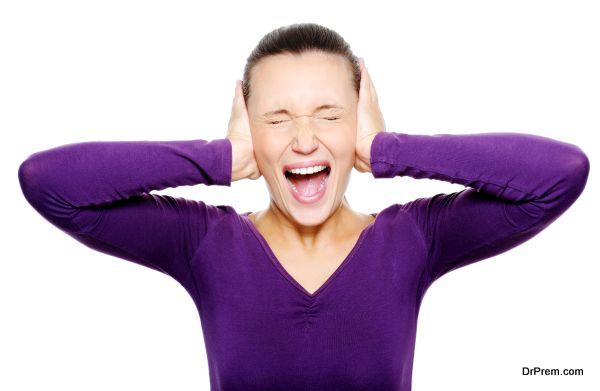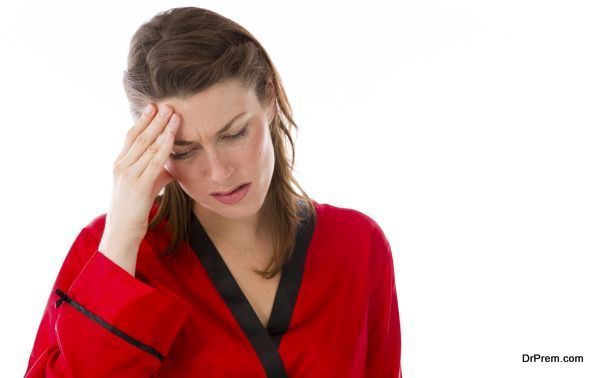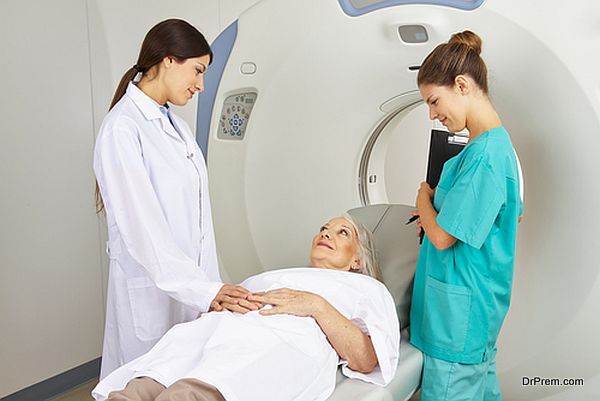Migraine is a very painful disease which makes one side of the head throb with pain. Cluster headache is rarer and more dangerous than migraine. This rare type of headache affects only one to two individuals among thousands.
If not controlled and treated properly cluster headache can impair an individual and stop them from leading a normal life. For treating this headache one must first learn to recognize its triggers and symptoms.
What causes cluster headaches?
Cluster headaches are generally centered on one side of the head and affect mainly the eye and temple. Women are more likely to suffer from cluster headaches. It occurs mainly between adolescence and middle age. Though the doctors are not yet sure about what causes cluster headaches they believe that sudden release of hormones like histamine and serotonin can have a role in it.
What are the symptoms of cluster headaches?
Sometimes doctors refer to cluster headaches as alarm clock headaches. In many patients cluster headaches occur at a particular time during the day and last for 15 to 180 minutes.
Common cluster headaches do not last longer than an hour and a half. The pain can be so severe that the afflicted person might feel that their eye is popping out of its place or as if someone has shot them on their face. In many cases the pain occurs at a point in night while the afflicted person is sleeping. The excruciating pain is sure to wake one up.
Some of the symptoms of cluster headaches include redness and watering of the eye, swelled eyelids, droopy eye-lid and facial sweating apart from the pain. The pupil of the affected eye may get smaller in size temporarily.
Nausea and restlessness are also common symptoms of this type of headache. Doctors generally conduct MRI or CT scan after examining the patients for determining if they are suffering from cluster headache or not.
What is the pattern of cluster headaches?
Though in most cases patients fail to pin point a particular trigger which might have caused the attack, alcohol intake and too hot weather can be two of the common triggers. Patients who have often been afflicted by cluster headaches should stay away from strong aromas like room fresheners, car fresheners and harsh smelling deodorants.
Do not exercise in a hot room or take a hot shower if you suffer from cluster headache. The smell of petrol or paints can also trigger your headache. Once it starts, cluster headaches will last for several weeks and even months or years. In some cases cluster headaches are separated by one month of remission period.
This type of cluster headache is known as episodic cluster headache. If cluster headache afflicts you without any remission period for as long as 12 months then it is chronic cluster headache. Around 10%-12% cluster headaches are chronic in nature.
Treatments for cluster headache
Try to avoid smoking and drinking alcohol for controlling your cluster headache. Keep a tab on what you eat or drink in last 24 hours. This will help you identify something unusual that you ate which may have triggered the attack. Blood pressure medicines, allergy medicines and antidepressant can be used for reducing the pain.
Anti-inflammatory medicines like prednisone can be used for controlling cluster headaches but it will take more than 2 weeks. You can inject yourself with doctor prescribed sumatriptan injections for controlling cluster headaches.
Cluster headaches are one of the worst possible headaches that can afflict you. The exact reasons that cause this sort of headaches are unknown. Proper treatment and medication can both prevent and cure it with time.









